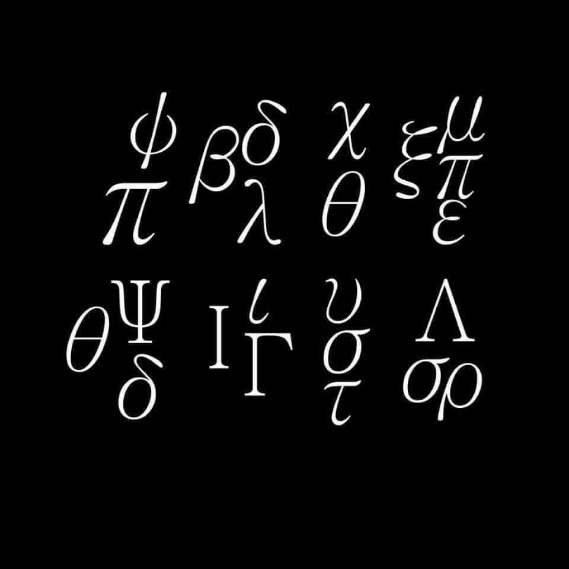Lactase and language: the spread of the Yamnaya
[This is a guest post by Doug Hitch]
I have had a theory for a number of years about the success of the IE (now Yamnaya) people in populating the world. Here I would like to survey some of the basic reasons for their demographic spread.
Populations in all species prosper when there is adequate food. If there is a surplus of food, the population will grow to meet it. When there is a shortage, populations shrink. There are well known population cycles for lemmings and rabbits. A peak in hare population is followed by a peak in fox population. Then, with more predation, the hares diminish, followed by a decline in fox numbers. In northwestern North America the Athabaskan populations were always small, often facing starvation. One group went south and adopted corn and beans, and later sheep. There are now more Navajo than all the other Athabaskans combined.
Read the rest of this entry »




